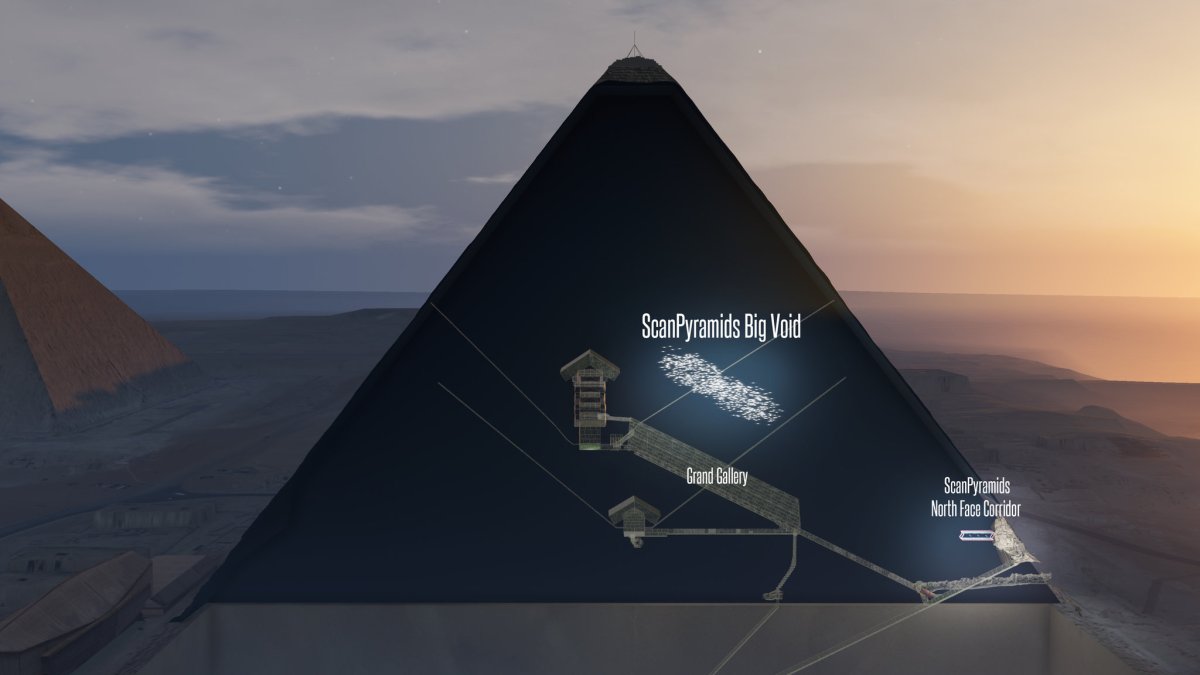Using a type of particle physics called cosmic ray collisions, scientists have identified a “void” within the Great Pyramid of Giza in Egypt, the New York Times is reporting. Also known as the Pyramid of Khufu, the gap inside is approximately 100 feet long.
“We don’t know if it’s a chamber, a tunnel, a big gallery or things like that,” Mehdi Tayoubi, co-director of the ScanPyramids project, told the Times. “We have chosen the word ‘void’ and nothing else because we don’t know what this void is.”
Découverte d’une cavité étrange dans la #pyramide de #Kheops #scanpyramids https://t.co/XSAOa1xu5O pic.twitter.com/ODWnIbWEGk
— Québec Science (@QuebecScience) November 2, 2017
Details about the finding were published Thursday in the journal Nature, and the Times notes that other archaeologists are questioning whether or not this truly adds anything new to the study of ancient Egyptians. Many say it is likely empty, created to alleviate some of the weight on interior chambers and keep it from collapsing.
But even if it adds nothing to the field, the discovery has many excited; it could change the way the human race views, explores and expands our knowledge about ancient and future wonders of the world. Check out the video above to learn more about the project.
This article was featured in the InsideHook newsletter. Sign up now.
























